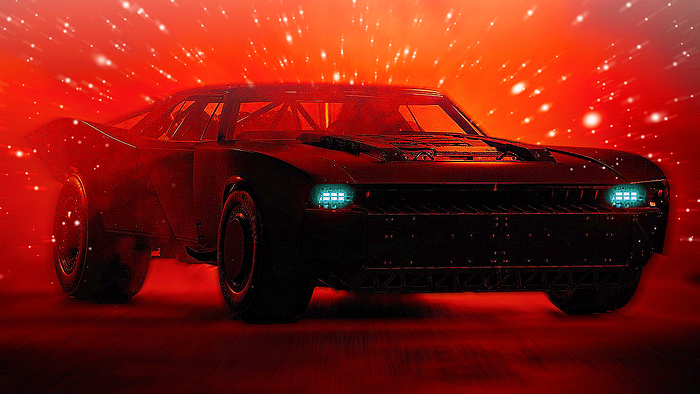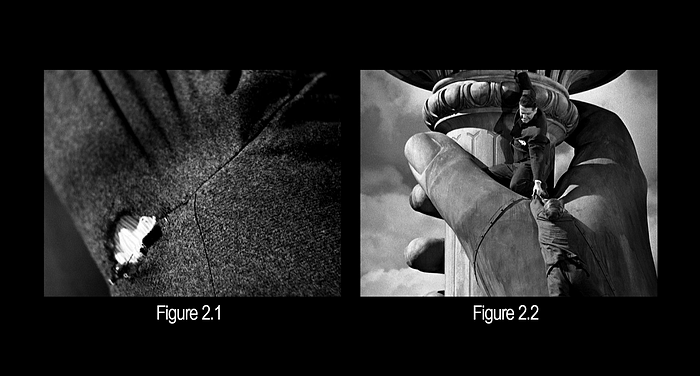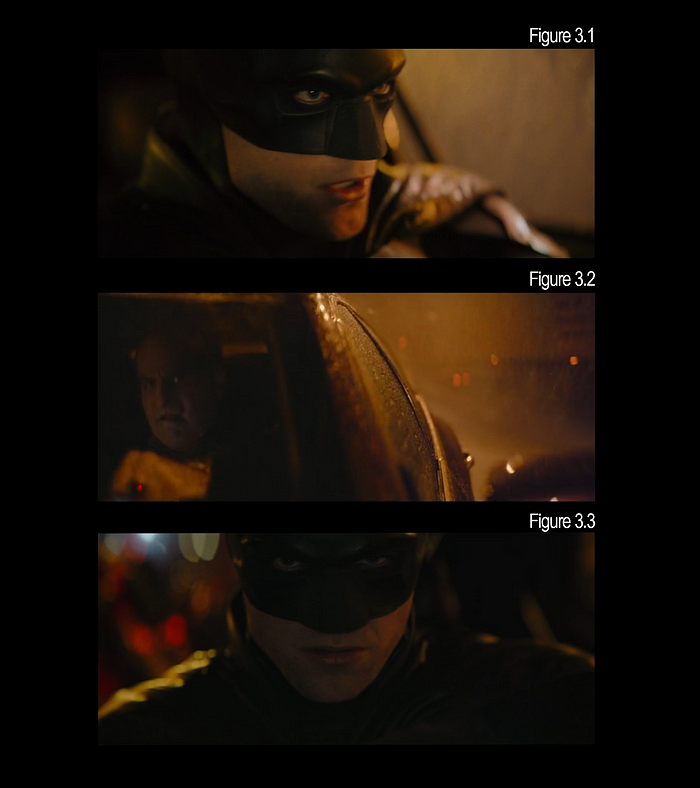The Batman: The Art of Suspense
A Hitchcockian Batmobile Chase

Matt Reeves’s The Batman is a spectacle of comic book movies, but it’s also a masterclass in film editing and direction. Reeves’ ability to draw inspiration from Alfred Hitchcock help create one of the most suspenseful car chases put to the silver screen. The Batman’s use of Subjective Experience and Objective Perspective in its famous car chase help ground the film in a Hitchcockian style and shape the film into an attraction of Cinema like no other comic book movie.
In an interview with IndieWire, Matt Reeves and Greg Fraser, director of cinematography, discuss the rigorous process of creating a dynamic yet suspenseful car chase between Batman and The Penguin. Reeves’s reference point was The French Connection with its “visceral chaos.” To create this look, “the cameras [were] mounted, everything a hard mount as much as it could be. [The point of view] is totally subjective and hard fixed to this vibrating beast of driving through visceral elements of dirt and rain, and you feel like you’re sitting on that engine with him, and the car could come apart at away minute.” Reeves highlights one of the vital aspects of creating suspense through “subjective” experience and “hard fixed” perspectives.
Subjective and objective points of view are the foundation for creating suspense for the audience. For definition’s sake, a subjective point of view establishes the perspective of a character as seen through the camera (as illustrated in Figure 1.1 with North by Northwest); in contrast, an objective point of view does not associate the impersonal perspective of the camera with that of a specific character (showed in Figure 1.2). Both of these perspectives intertwine to show the audience the position of the character in relation to their setting or the incoming danger.

A perfect example of using both subjective and objective perspectives is Alfred Hitchcock’s Saboteur, where a character suspended from the Statue of Liberty struggles to save himself. Hitchcock ensures the audience understands the situation by establishing a subjective shot of the character hanging from the Statue of Liberty (Figure 2.2). Still, instead of immediately showing the character falling to his death of shock, Hitchcock intercuts the shot with an objective perspective showcasing the man’s suit tearing (Figure 2.1). The audience can then register the danger unbeknownst to the character. The audience is in on a secret and forced to watch the character struggle to realize their potential impending doom. The intercutting creates suspense as the audience waits and sees what happens.

This same technique is what Reeves is describing in The Batman’s car chase. We have two subjective perspectives, Batman and The Penguin, and both perspectives consist of POV shots and Interior Vehicle shots. From figure 3.1 to figure 3.3, Reeves uses POV shots for both characters to create a sense of immersion, as if the audience was actually in the driver’s seat of both characters. Reeves then uses a reverse shot of the POV to give the audience a reaction shot. If Reeves only used subjective perspectives, the audience wouldn’t clearly understand the danger and obstacles ahead. There will only be a sense of shock instead of suspense.

he brutality of the sequences comes from objective perspectives such as mounted and exterior shots. In figures 3.4 to 3.6, we can see a mounted shot from behind the Batmobile and a shot of the moment of the truck’s collision. Both of these shots aren’t perspectives involving the characters. Both Batman and The Penguin are unaware of how close they are to crashing, which is crucial for creating a sense of dread within the audience. Balancing both the subjective and objective perspective is necessary for the illusion of suspense.

While VFX and stunt work also help sell this suspenseful car chase, the basic foundation of suspense editing is at the forefront. Reeves’ intuition to use “subjective” experience and “hard fixed” perspectives within these sequences was a blessing. It allows the audience to buckle up with the Dark Knight and see his perspective while also seeing the incoming danger unbeknownst to the character. Reeves also uses the Penguin perspective, allowing quick intercutting between the two POVs as the audience anxiously waits for the horrifying destruction.
This sequence alone is a prime example of craftsmanship that went into this movie, and for that reason, The Batman will be remembered as a masterclass in blockbuster filmmaking.
